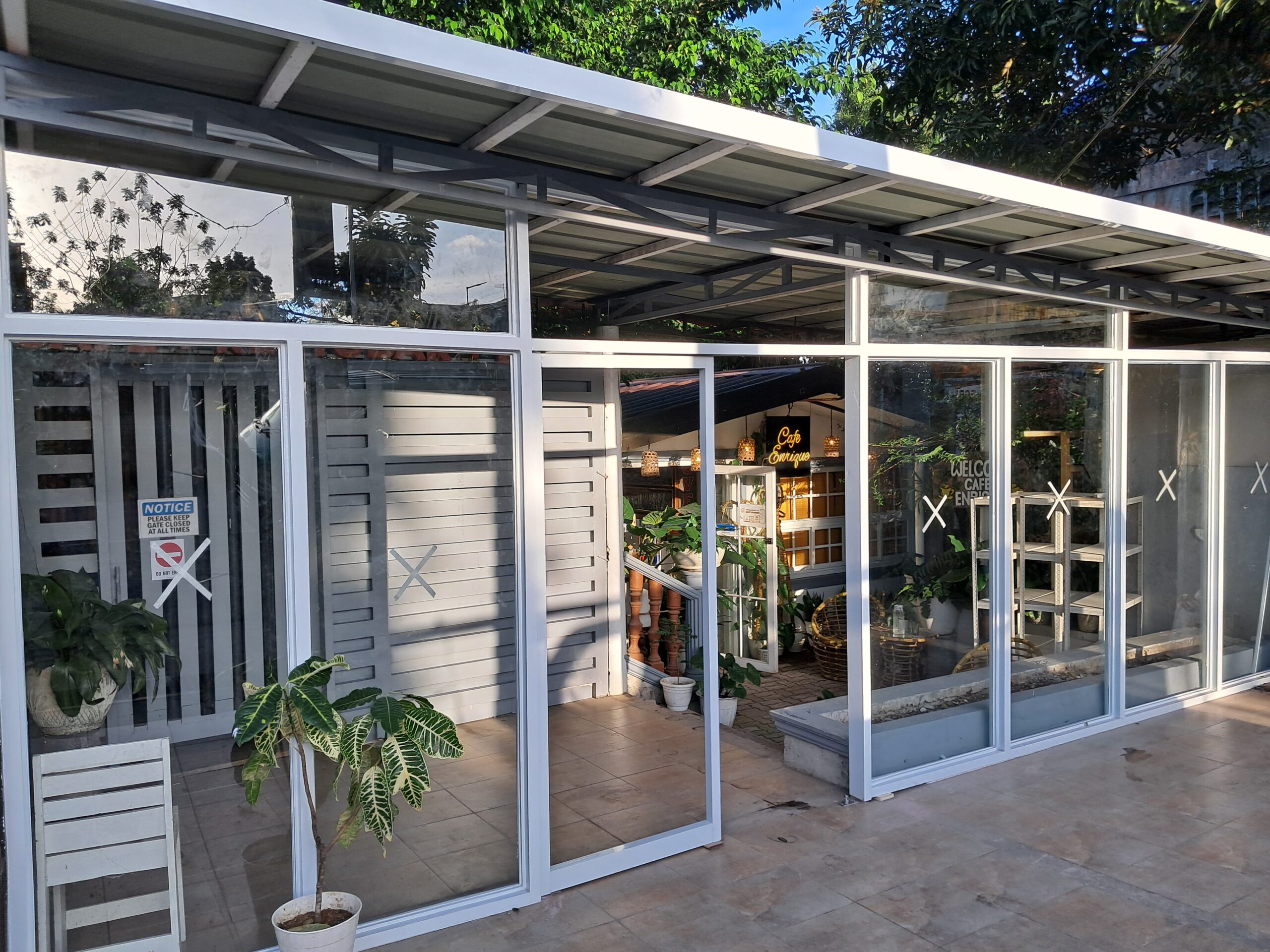Innovations in interior design have always relied on the creative use of materials. From glass to aluminum, these versatile materials are at the forefront of revolutionizing interior design. With their unique properties, glass and aluminum offer endless possibilities for creating contemporary and stylish spaces.
Glass, known for its transparency and reflective qualities, has been used in architecture and design for centuries. From grand windows to sleek glass partitions, it adds elegance and luminosity to any setting. Its ability to let light flow through makes it a popular choice in modern homes and office spaces.
On the other hand, aluminum, with its lightweight and durable nature, is a versatile material that is gaining popularity in interior design. Its strength and resilience make it ideal for creating stunning furniture pieces and fixtures. From sleek aluminum cabinets to minimalist lighting fixtures, aluminum adds a touch of sophistication to any space.
By combining glass and aluminum, designers are able to create visually striking and functional elements in interior design. From glass and aluminum staircases to glass-backed aluminum wardrobes, these materials offer endless opportunities for creating unique and stylish spaces.
As the world of interior design continues to evolve, glass and aluminum will undoubtedly remain at the forefront of innovation, transforming the way we live and work.
The versatility of glass in interior design
Glass, known for its transparency and reflective qualities, has been used in architecture and design for centuries. It brings elegance and luminosity to any setting, making it a popular choice in modern homes and office spaces. One of the key advantages of using glass in interior design is its ability to let light flow through, creating a sense of openness and brightness.
Glass can be used in a variety of applications, from grand windows that offer panoramic views to sleek glass partitions that divide spaces without blocking natural light. Glass doors and walls can also be used to create a seamless transition between different areas, making small spaces appear larger and more connected.
Additionally, glass can be shaped and molded into various forms, allowing designers to create custom pieces that suit their vision. From curved glass staircases to intricate glass chandeliers, the versatility of glass opens up a world of design possibilities.
Advantages of using glass in interior design
There are several advantages to using glass in interior design. Firstly, as mentioned earlier, glass allows natural light to penetrate into spaces, creating a bright and airy atmosphere. This is particularly beneficial in areas that lack windows or have limited access to natural light.
Secondly, glass can visually expand small spaces, making them appear larger and more open. This is especially useful in urban areas where space is often limited. By using glass walls or partitions, designers can create the illusion of a larger space without compromising on functionality.
Additionally, glass is a low-maintenance material that is easy to clean and maintain. Unlike other materials that may require regular polishing or refinishing, glass simply needs to be wiped down to keep it looking pristine. This makes it a practical choice for busy households or high-traffic areas.
Popular glass applications in interior design
Glass is widely used in interior design, and its applications are diverse and varied. One popular use of glass is in the creation of feature walls. By using large glass panels or even stained glass, designers can create a focal point that adds visual interest to a space.
Glass is also commonly used in the construction of staircases. Glass stairs can be made from thick, tempered glass that is strong and durable. This creates a sleek and modern look that is both functional and visually striking.
Furthermore, glass can be utilized in the creation of furniture pieces. Glass tables, for example, can add a touch of elegance to any room. Glass cabinets or shelves can also showcase decorative items or personal collections, adding a stylish and personalized touch to the space.
The rise of aluminum in interior design
While glass has been a staple in interior design, aluminum is gaining popularity for its lightweight and durable nature. Aluminum is a versatile material that is known for its strength and resilience, making it ideal for creating stunning furniture pieces and fixtures.
One of the key benefits of using aluminum in interior design is its ability to withstand wear and tear. Unlike other materials that may chip, crack, or fade over time, aluminum remains structurally sound and retains its appearance. This makes it a cost-effective choice for long-term use.
Additionally, aluminum is a lightweight material, making it easy to handle and transport. This is particularly advantageous when it comes to furniture design, as aluminum pieces can be moved around with ease. It also allows for creative and unique designs that may not be possible with heavier materials.
Benefits of using aluminum in interior design
There are several benefits to using aluminum in interior design. Firstly, aluminum is highly resistant to corrosion, making it suitable for areas prone to moisture or humidity. This makes it an excellent choice for bathrooms or kitchens, where water exposure is common.
Secondly, aluminum is a sustainable material that can be recycled. This makes it an eco-friendly choice for those who prioritize sustainability in their design choices. By using recycled aluminum, designers can reduce their environmental impact and contribute to a more sustainable future.
Furthermore, aluminum is a versatile material that can be easily molded and shaped. This allows designers to create custom pieces that fit their specific design vision. From sleek aluminum cabinets to minimalist lighting fixtures, aluminum adds a touch of sophistication to any space.
Aluminum applications in interior design
Aluminum can be used in a variety of applications in interior design. One popular use is in the construction of furniture. Aluminum chairs, tables, and shelving units are lightweight yet sturdy, making them practical and visually appealing.
Another application of aluminum is in the creation of lighting fixtures. Aluminum pendant lights or floor lamps can add a modern and industrial touch to a space. The lightweight nature of aluminum also allows for unique and creative lighting designs that are not possible with heavier materials.
Additionally, aluminum can be used in the construction of decorative elements such as room dividers or screens. Aluminum screens can be laser-cut with intricate patterns, adding a decorative and artistic element to a space.
Combining glass and aluminum for a modern interior design
By combining glass and aluminum, designers can create visually striking and functional elements in interior design. Glass-backed aluminum wardrobes, for example, offer a contemporary and stylish storage solution. The glass panels add a touch of elegance and allow for easy visibility of the contents, while the aluminum frame provides structural support.
Glass and aluminum staircases are another example of the successful combination of these materials. The transparency of glass steps combined with the sleekness of aluminum balusters create a modern and visually appealing staircase design.
Furthermore, glass and aluminum can be used together in the creation of room dividers or partitions. Glass panels framed with aluminum create a stylish and functional way to divide spaces while maintaining a sense of openness and connectivity.
Sustainability and eco-friendliness of glass and aluminum in interior design
Both glass and aluminum are sustainable and eco-friendly materials that can contribute to a more environmentally conscious interior design. Glass is made from natural materials such as sand, soda ash, and limestone, and can be recycled indefinitely without losing its quality.
Aluminum, on the other hand, is a highly recyclable material that can be melted down and reused without losing its properties. By choosing glass and aluminum in interior design, designers can reduce their carbon footprint and contribute to a more sustainable future.




